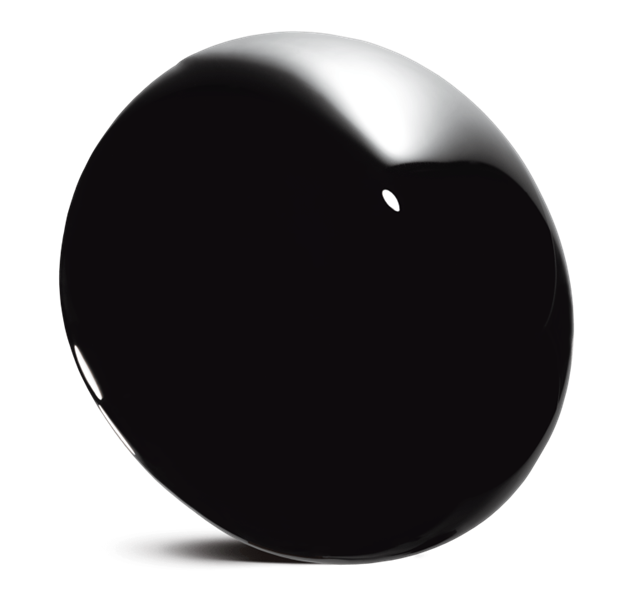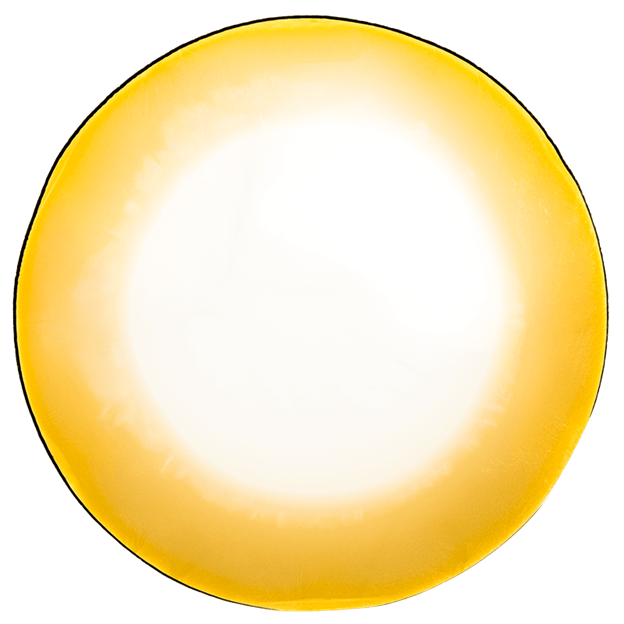Crystal IS was founded in 1997 by Leo Schowalter and Glen Slack to develop native Aluminum Nitride (AlN) substrate technology for more powerful and reliable semiconductor devices. Crystal IS scientists developed patented processes for growing active crystal layers such as LEDs on the AlN substrates, while preserving the low defect densities of the AlN. These crystals (termed pseudomorphic epitaxial structures) exhibit sharp interfaces, smooth surfaces with surface roughness of less than one nanometer. These thick pseudomorphic layers, and devices based on them, are not possible when using foreign substrates such as sapphire.
The result has been LED devices with higher efficiencies and longer lifetimes in the 250–280 nm wavelength range than diodes fabricated from other competing technologies, such as crystals grown on sapphire.


LEDs are typically fabricated by depositing very thin, highly crystalline layers (epi-layers) of various compositions on a crystalline wafer substrate. The wavelength emitted by an LED is defined by the material properties of the epi-layers. The deposited atoms follow the crystalline template provided by the substrate, a process called epitaxial deposition. For most material systems, there is a native substrate; for example, for diodes based on aluminum, indium, and/or gallium arsenide alloys, the native substrate is gallium arsenide (GaAs), whereas a silicon substrate is used for diodes based on silicon.

Fabrication of deep ultraviolet LEDS on traditional sapphire substrates, which are commonly used in blue and green InGaN LEDs, results in 108 dislocations (defects) per square centimeter. Crystal IS uses the Aluminum Nitride (AlN) substrate to fabricate deep ultraviolet LEDs with less than 105 dislocations (defects) per square centimeter. This means high production yields of higher output LEDs at shorter wavelengths.